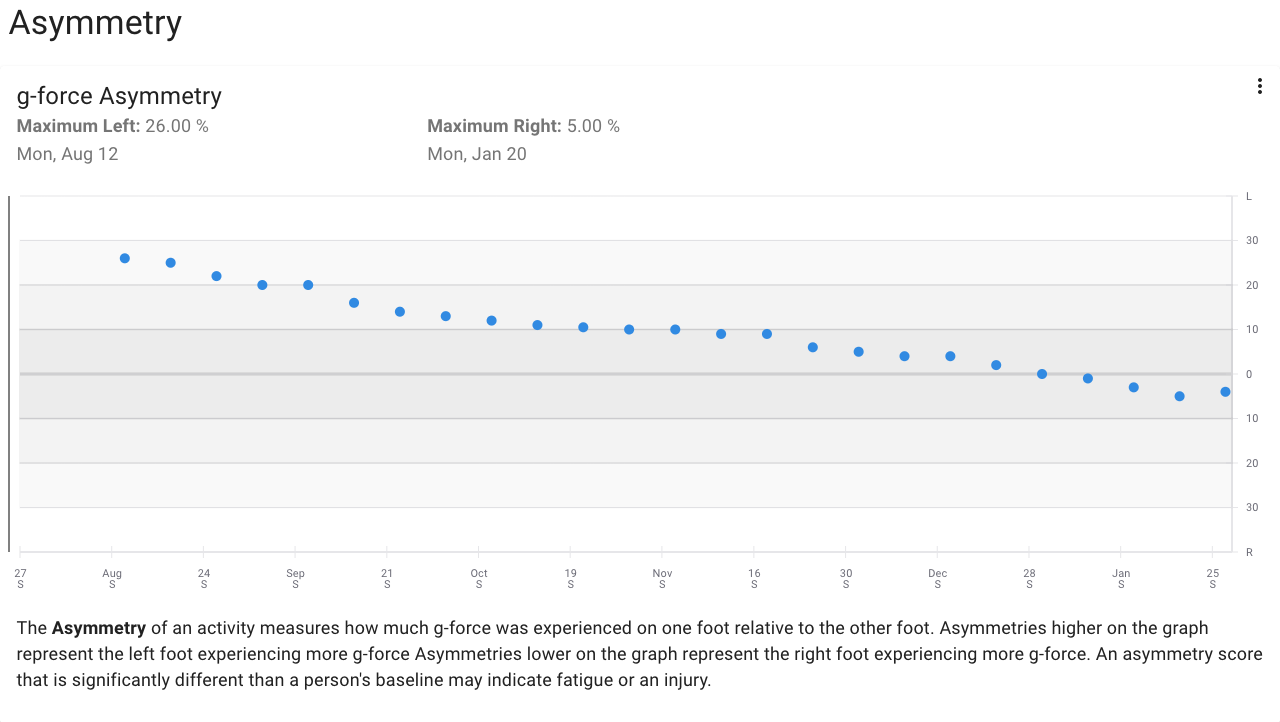Minimally taxing assessment that measures walking speed, ground contact time, and spatiotemporal gait parameters.
The walk test is a simple, minimally taxing test that measures walking speed, ground contact time, and spatiotemporal gait parameters to characterize walking capacity and preparedness for safe community mobility. The walk test can be used in the context of mild traumatic brain injury, neurological disease, post-injury rehabilitation, and general health in the elderly.
The two-minute and six-minute walk tests are subcategories of the walk test use to test aerobic capacity and functional mobility in specific populations (e.g. community dwelling elderly, chronic heart failure, COPD, stroke, and SCI). Using the same procedure as Plantiga's Standard Walk Test, a practitioner can perform either the two-minute walk test or the six-minute walk test.
Procedure for Plantiga's Standard Walk Test:
Important: To accurately track changes over time, it's important to keep external conditions as consistent as possible. Try to use the same walking route and length of time (at least 2 mins is recommended) for each activity.
- Tester navigates to the measure page of the Plantiga app and selects the Walk Test.
- Tester selects the subject that will be performing the activity. Address any warnings that may come up once they have been selected.
- Tester instructs subject to stand still with feet planted firmly on the ground.
- Tester starts the Walk Test on plantiga.io and the subject remains still as the stopwatch counts down from 5.
- Subject begins walking for the chosen amount of time.
- Once the time elapses, the tester instructs the subject to stop and plant their feet firmly on the ground.
- Once still, the tester stops the stopwatch and the subject remains still for 5 seconds.
- Tester fills out optional information (RPE, Pain, Floor type...) and saves the Walk Test.
How to Record a Walk Test

Measures Obtained from the Walk Test:
- Speed
- Load
- Spatiotemporal gait parameters
- G-force Asymmetry
Example Timeline of Walk Test Data:


.png?height=120&name=Plantiga%20lockup%20black%20(1).png)